The Ed's Up - 11 Hours on a Boat
Before the puffin appeared, the day was disappointingly quiet. I was off the coast of California with my wife, Liz, on our first pelagic trip—a full-day cruise into the Pacific and back to look for seabirds and cetaceans. All summer, Alvaro’s Adventures had been reporting amazing sightings, with warm water bringing in terns, shearwaters, and storm-petrels by the thousands and giant whales by the dozens. My hopes were high but, as is typical for the Bay Area, were quickly tempered by fog. For two hours, we mostly saw seabirds in silhouette. But as conditions improved, so did the sightings. Two humpback whales surfaced nearby. Blue sharks lounged at the surface, fins visible. Black-footed albatrosses soared past. Then, a little into the fourth hour, one birder notices a small, black shape bobbing in the water. It has a thick orange bill and back-combed, yellow eyebrows. “Is that a puffin?” By way of response, the spotter next to him leaps from his seat into a crouched stance, points, and screams, “TUFTED PUFFIN.”
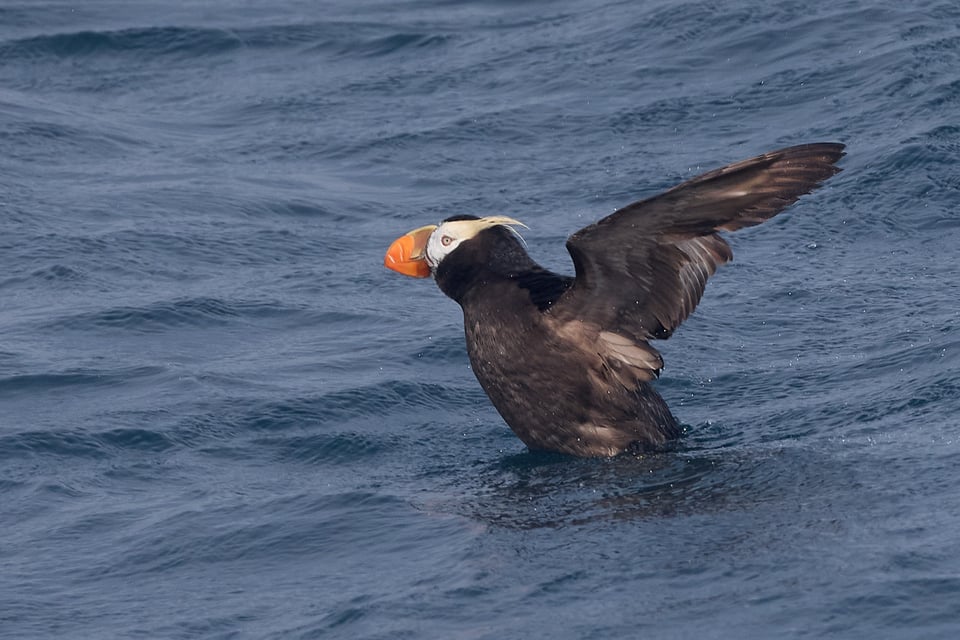
All hell breaks loose. Over the next half hour, every animal in the Pacific apparently decides to show up. The bow becomes a heaving mess of binoculars and telephoto lenses. At one point, at least four spotters point in different directions and shout the names of species that I have never seen before. Storm-petrels and phalaropes fly by. Adorable Cassin’s auklets float in the water before taking off in comical fashion. Two Laysan albatrosses—a formerly rare species that’s usually seen one at a time—sit in the water together, pecking at a mola-mola and showing off some expertly applied smoky eye. Northern right whale dolphins—a curious cetacean without a fin on its back—leap in the distance. Pacific white-sided dolphins surf next to the boat.
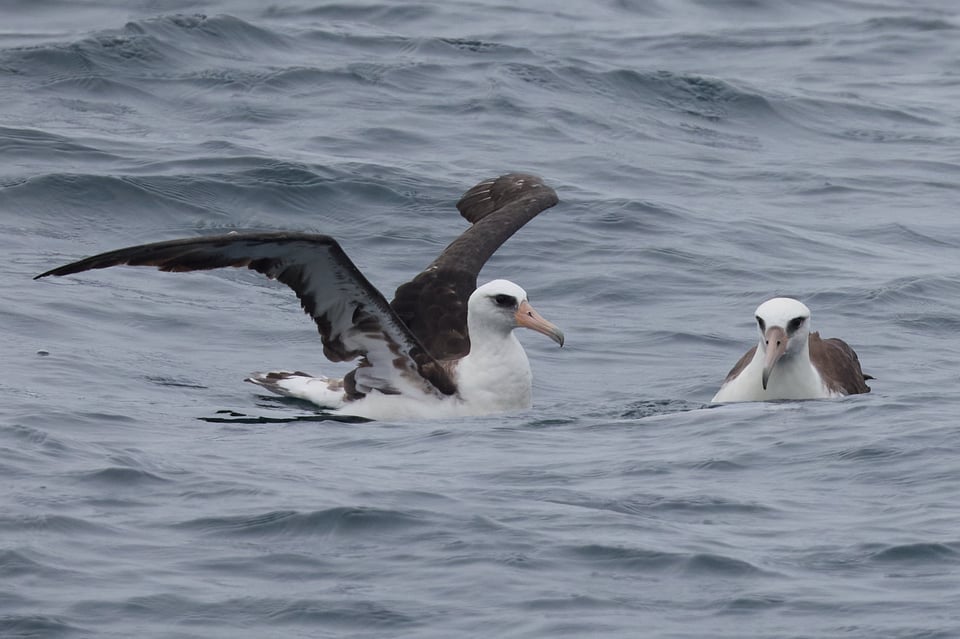
Birding, to me, involves intention and effort. Even in my backyard or neighborhood, I notice birds because I’m deliberately taking note of their calls or watching out for little flickers of movement. I’ve decided that the natural world matters and specifically chosen to attend to it, which makes the resulting sightings feel earned. Pelagic birding is like that but much more so. One doesn’t simply walk across a tufted puffin. You have to venture into an environment that you’re not made for, and scan vast panoramas of blue and grey. The experience is simultaneously heightened and tranquil. Most of the time, nothing happens, but at any moment, you know that a whale could breach out of the water, or a bird that no one usually sees coul…
“GUADALUPE MURRELET!” Alvaro Jaramillo, who runs these pelagic trips, screams next to my ear, and runs to the front of the ship. He has spotted a robin-sized bird in the water; it looks a little like a penguin but is unrelated to one, and has a distinctive white patch in front of its eye that distinguishes it from other murrelets. This species is endangered and very rarely seen, with only around 5,000 adults left in the world. Alvaro knows this, and is desperately trying to show everyone where the bird is, but there are no landmarks and the bird keeps disappearing amid rolling waves. It’s at one ‘o’ clock, he says, in the trough. It’s coming up. Back in the trough. Flying away now. Still flying. Still flying. It’s gone. I missed it completely. Liz asks if I saw it, and I can’t bring myself to say that I didn’t, so I make a non-committal ‘maybe’ gesture. I’m not alone, and many others are quietly admitting to themselves that they probably missed their one shot at seeing this very rare bir…
“GUADALUPE MURRELETS!” Alvaro again. This time, there are two, and they grace us all with clear, prolonged views before they, too, take off.

These confluences of fate make pelagic encounters feel particularly magical. The Pacific ocean is large enough to fit all the world’s land in it with room to spare, and somehow, in the middle of it, you manage to come across a bird just slightly larger than your hand—one of just 5,000 in existence. The odds feel miniscule. And even when you bump into more common species, you’re often intercepting them in the middle of their own epic journeys.
Every year, Arctic terns shuttle back and forth between the poles, chasing the longest days of each hemisphere in the longest migrations of any animal. In September, they’re starting to head south, and our paths cross with theirs 7 hours into the trip. Dozens of terns wheel overhead on long, elegant wings, before transforming into harpoons as they plunge into the water for fish. As they emerge, they’re pursued by jaegers—powerful, piratical seabirds that harass the terns into dropping their hard-earned catches. The gathered birders whoop and cheer as the dogfighting birds pull off unbelievable aerobatics. One jaeger corkscrews vertically, flips over, and briefly flies upside-down as it chases a tern. Another gets chased by a tern, who has apparently terned the tables.

We finally pull into Half Moon Bay shortly after 6pm, more than 11 hours after we first left. Exhausted but ecstatic, we enter the harbor and spot a local celebrity—Morris the northern gannet. Northern gannets are an Atlantic species but sometime in 2012, this particular individual flew across the Arctic Sea and never went back. Named after the gannet genus Morus, he is now the only one of his kind in the Pacific. He spends a lot of time hanging out at this particular harbor and occasionally displays to the local Brandt’s cormorants, who seem unimpressed.

I am far more charmed by Morris, who, for me, epitomizes part of birding’s allure. By flying, birds defy not just gravity but also expectations. They can turn up in really surprising places, and when they do, their continental voyages result in hyperlocal interest. Birders will go out of their way to find so-called vagrants like Morris even though there are places in the world where you could see tens of thousands of northern gannets, because in this place—our place—there’s just one.
Earlier this year, I was on a beach in Florida watching hundreds of laughing gulls. When I came home, local birders had spotted a single laughing gull in Oakland, where they are very rare. I still went out to see it. Far from its home, it was briefly closer to ours. Finding it felt more like meeting someone rather than merely a representative of something. That gull, Morris, and other vagrants are reminders that every bird is an individual with its own story, which intersects with mine for a brief and delightful moment that I feel grateful for.
More Pelagic Photos
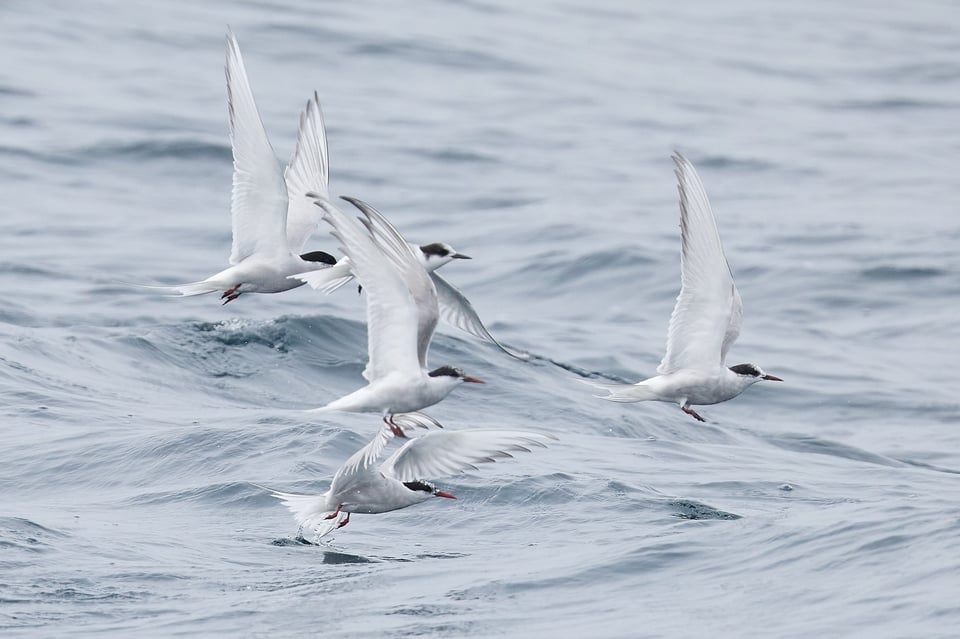

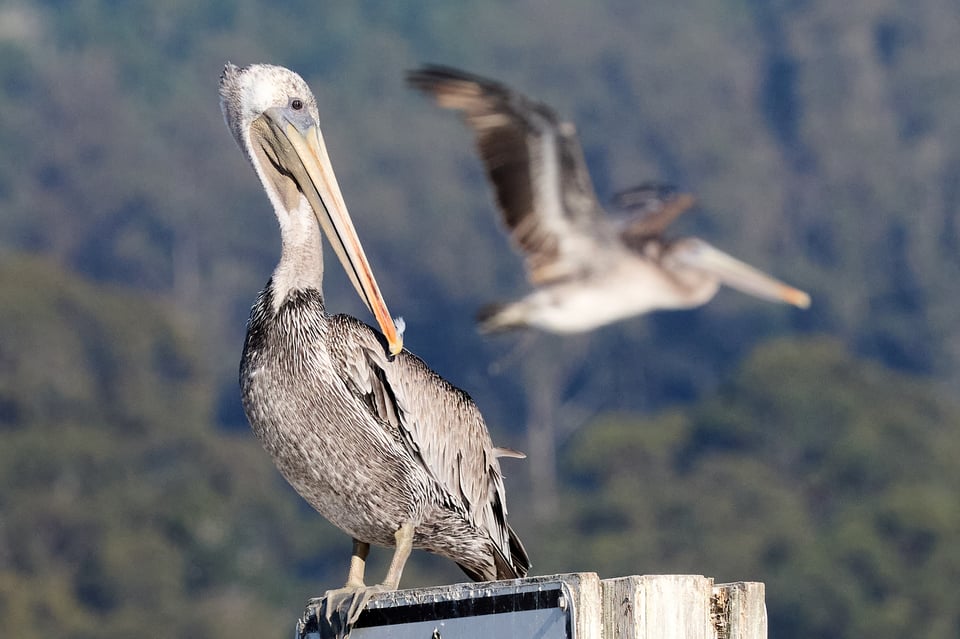

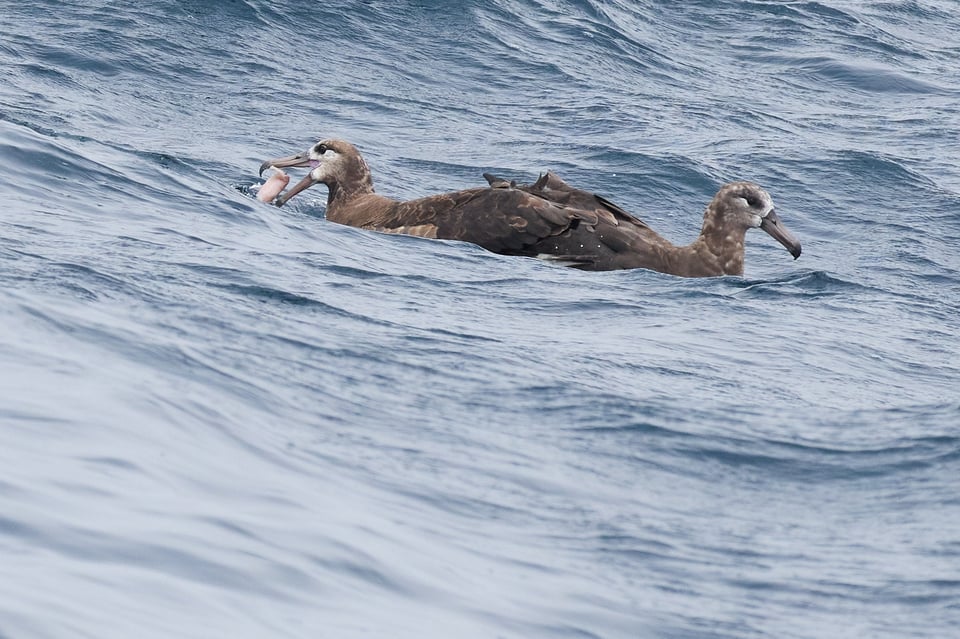

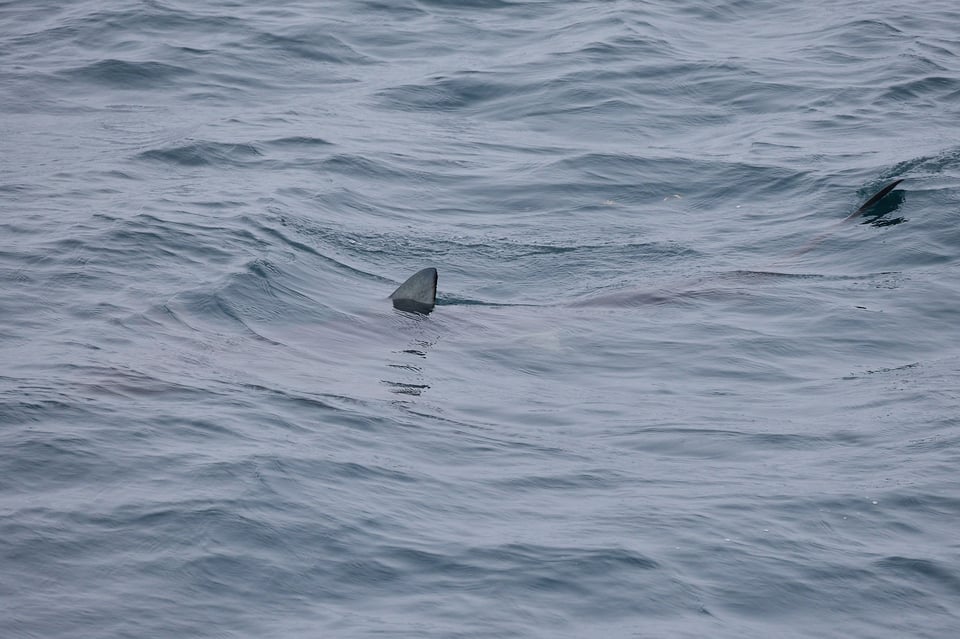
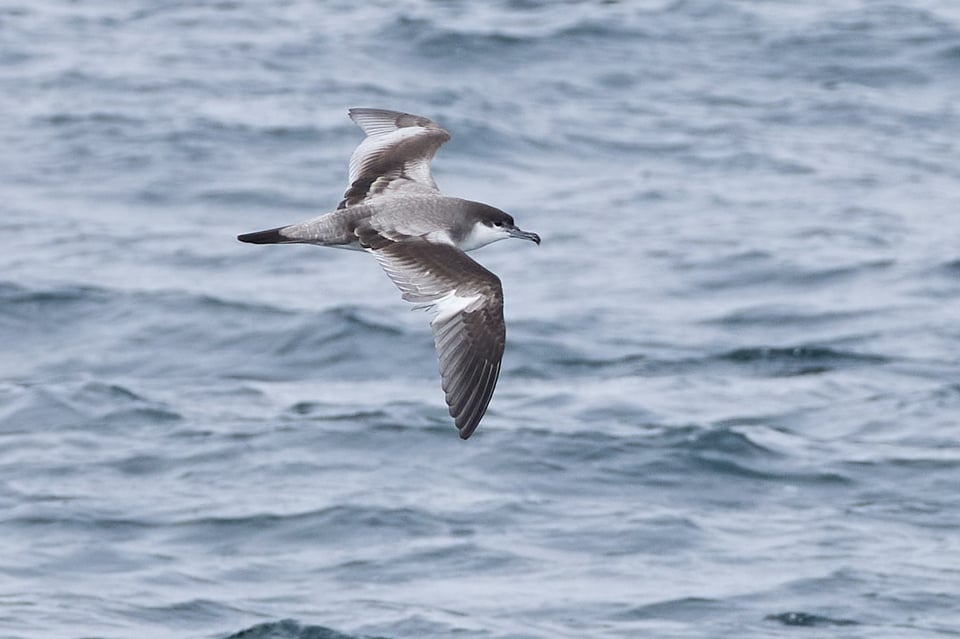

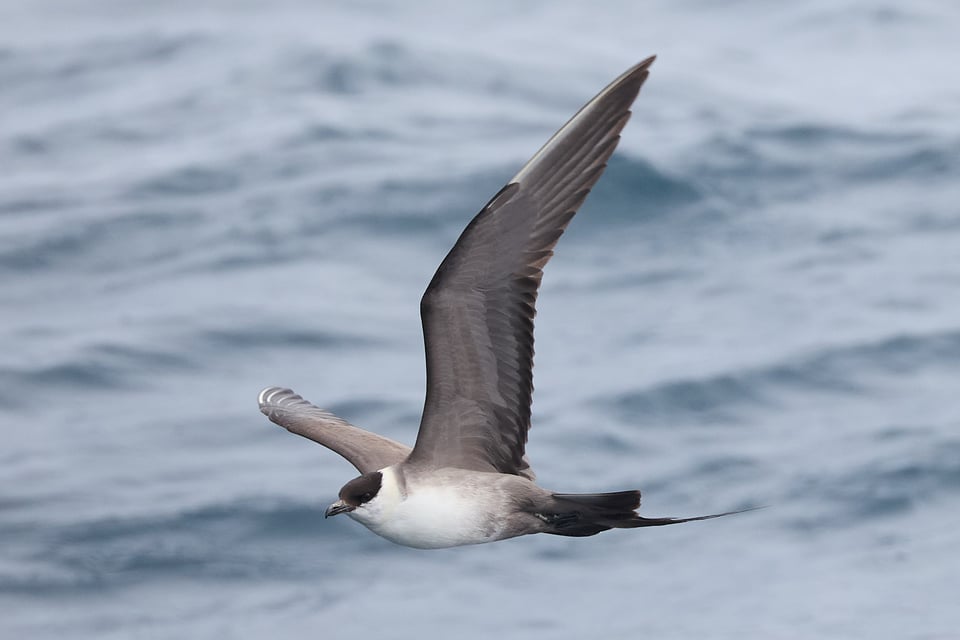
Recommended Reading
The Sick Times, the gold-standard publication for long-COVID reporting, in partnership with Long COVID Justice, has created a new series of Long COVID Essentials—resource sheets “that provide foundational information about navigating Long COVID” for people who are coming into this daunting world for the first time.
“On 10 November 2023, I wrote in the New York Times: “As a historian of genocide, I believe that there is no proof that genocide is now taking place in Gaza, although it is very likely that war crimes, and even crimes against humanity, are happening. […] We know from history that it is crucial to warn of the potential for genocide before it occurs, rather than belatedly condemn it after it has taken place. I think we still have that time.” I no longer believe that. By the time I travelled to Israel, I had become convinced that at least since the attack by the IDF on Rafah on 6 May 2024, it was no longer possible to deny that Israel was engaged in systematic war crimes, crimes against humanity and genocidal actions.” Omer Bartov, historian of genocide, writes in the Guardian.
“The task that generative A.I. has been most successful at is lowering our expectations, both of the things we read and of ourselves when we write anything for others to read. It is a fundamentally dehumanizing technology because it treats us as less than what we are: creators and apprehenders of meaning. It reduces the amount of intention in the world.” Ted Chiang writes about generative AI and art. (As an aside, I do love this piece, but I also feel that debates about creativity are distractions when the far more important ethical reasons for not using genAI—and I absolutely do not—are around theft, labor, and climate.)
“Each day I come to know even more clearly and urgently that we must commit to the fight for meaning. Not to concede the words, concepts, terms that we need to think and imagine and make livable lives.” Christina Sharpe on bearing witness to the unbearable.
Upcoming talks
Come say hi; please wear a mask
24 September - Saint Mary's College of California.
23 October - Goucher College in Maryland.
12 December - Council Bluffs Public Library in Iowa
That’s it for this week!
I promised to share the talk I did at the XOXO conference about what it was like to report on the pandemic. But it’s not online yet; I’ll share it next month.
As always, this newsletter is free, but you can choose to pay a monthly subscription (at whatever level you set) if you'd like to support my work.
Stay safe.